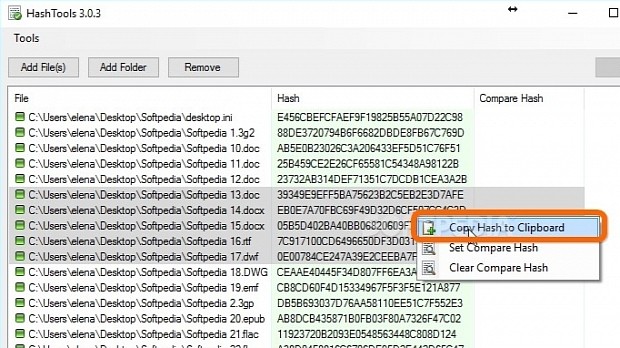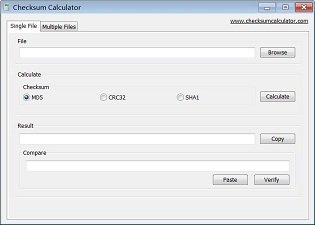

This command provides a feature where-in the user can type just ‘cksum’ or ‘cksum-‘ and write on stdin and then press Ctrl+D couple of times. So the above output shows different checksum values suggesting incorrect copy of file. Now when I compare the checksum of both these files, I see $ cksum So the above scenario simulates when Linux_1.tar.gz was being copied but got interrupted when just one text file was left to be copied in the target The difference being that Linux_1.tar.gz was made when ‘Linux’ folder contained an extra text file. I created and Linux_1.tar.gz from the same ‘Linux’ folder. You can simulate this scenario in the following way: Suppose you are copying a zipped folder containing various sub-folders and files from one location to another and due to any reason whatsoever the copy process got interrupted, so how would you check whether everything was copied successfully or not? Well, cksum makes it possible as now we know that in case of the partial copy, the overall checksum of the destination would differ from that of the source folder.

So we see that the checksum changed even if the change was of one character replaced by other. So as you can see, I replaced ‘o’ with ‘u’.Ĭompare the checksum now: $ cksum testfile.txt

Now, change the content by not actually adding or deleting something but by replacing one character with other so that size of the file remains same. Lets see what it means :Ĭheck the contents of the test file ‘testfile.txt’ : $ cat testfile.txt Well the above is true fundamentally also and even for chksum too.

Change in content does not always mean increase or decrease in size So we see that with change in contents, the checksum changes. Now, Modify the contents of file : $ cat testfile.txtĪgain pass the test file as argument to cksum command : $ cksum testfile.txt To calculate the checksum of the test file, pass it as argument to the cksum command : $ cksum testfile.txt The test file ‘testfile.txt’ has following contents: $ cat testfile.txt The first value (big number) in the output above is the checksum for the file, then we have the size of the file and finally the name of the file. On a very basic level, the cksum command can be used to display the checksum for a file. One can get a detailed information on this command by typing the following on the command prompt : $ info coreutils 'cksum invocation' cksum command examples 1. The command exits with status zero in case of success and any other status value indicates failure. Using the cksum command, one can compare the checksum of destination file with that of the source file to conclude that whether the data transfer was successful or not.īesides providing the CRC value, this command also produces the file size and file name in the output. CRC becomes important in situations where data integrity needs to be verified. The cksum command is used for computing the cyclic redundancy check (CRC) for each file provided to it as argument.
CRC32 CHECKSUM CALCULATOR CODE
The code attached with the data as checksum is redundant ie it adds no value to the data being transferred (hence redundancy).This mechanism is based on the fundamentals of cyclic codes (hence cyclic).If the checksum generated at the destination and the checksum value in the data block are same then data is believed to be non-corrupted and can be used further but if the two checksum values are not same then in that case data is said to be corrupted or infected. Each block of data that is traveling the communication channel is attached with a CRC code or checksum and when the data block reaches the destination, this check is applied again to generate a checksum value. What is CRC?Ĭhecksum can be calculated by applying cyclic redundancy check (CRC) mechanism over the data that is being communicated. In this article, we will focus on the Linux ‘cksum’ command which is used to calculate the check sum of files or the data provided on standard input.
CRC32 CHECKSUM CALCULATOR HOW TO
For example in one of our articles ( IP header check sum) we discussed how to find the checksum of an IP header. There are various mechanisms through which a CRC checksum can be calculated. Now, how would you verify the integrity of data? Well, its through the CRC checksum mechanism the data integrity can be verified. Suppose some file is being copied over a network or over a system and due to some event like network connection loss or sudden reboot of machine the data did not get copied completely. Checksum is used for verifying the integrity of the data.


 0 kommentar(er)
0 kommentar(er)
